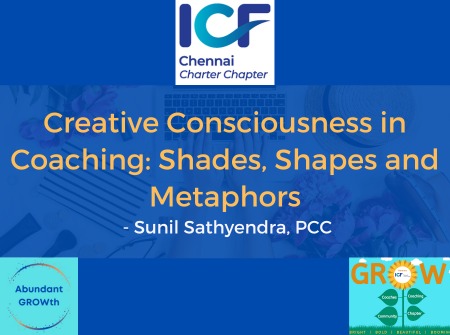A group of us ended up playing a simple game one evening. We each had to say one word to end the sentence – ‘I aspire to be ______’
When my turn came, I said, “I aspire to be uninhibited”.
Immediately someone said, “That’s just a fancy term for irresponsible”. I wanted to say no.
Another asked, “Are you feeling claustrophobic? You should work your assertiveness.”
One even murmured, ‘maybe you are confused’.
I do not feel claustrophobic in my life. I have a good life and I am very proud and grateful for it. I don’t plan to shrug responsibility and am not confused. And yet, that day talking my truth in a mindless simple game made me feel like the ugly duckling.
How many times have we felt people jumped to form their own meanings of the words we use?
It is like a conversation hijak.
I wondered about the importance of words and how we use them. I have always felt dictionaries and grammar lessons somewhere have oversimplified the language.
There can be many contexts to a word and why someone says them.
How I define ‘uninhibited’ in my personal reference dictionary can be very different from how it is mentioned in the said volumes and how others interpret them. Human interaction therefore should broaden its perimeter of reference.
In conversation, contextual intelligence is more important than lexical brilliance.
Coaching conversations automatically focus on listening actively to evoke an awareness about what matters to the client. As a coach I take care to ensure I understand the context.
One of the important ICF competencies is to listen actively by considering the client’s context, identity, environment, experiences, values and beliefs to enhance understanding of what the client is communicating ( https://coachingfederation.org/credentials-and-standards/core-competencies )
Unpacking this effective coaching communication, we require two elements. The first one refocuses how we think in a conversation and the second one provides the skillset to shift the conversation.
By transforming both the thinking and doing in a conversation, we become a better leader, parent, coach, and human.
- Bring in a curious mindset.
Our brain’s natural proclivity is to interpret things the way it wants. The self-serving bias always works naturally. Curiosity therefore is not our default state, and it needs to be cultivated intentionally. We are committed to being well informed, but our perspectives have gaps and without cultivating curiosity, it is going to be a battle of who is right.
- Reframe with permission to explore and not reword with our personal perspectives.
How does this translate in a conversation? More importantly how can you use them to generate contextual awareness? My question toolkit has two questions, more an invitation for people to elaborate their world, their context.
- When you say (the word, phrase or sentence that was used) what does that look like to you?
- When you say (the word, phrase or sentence that was used) what does that mean to you?
Are the two questions different? Contextually, yes!
For a person who is descriptive, what does it look like would invite a better exploration as it immediately enables his mind to describe what he sees. For a person who uses rational expressions, ‘what does it mean to you’ invites them to reason and add meat to their truth.
As I end this piece, I invite you to reflect on the conversations you are currently having.
Have you felt like the ugly duckling in a conversation?
Have you made someone else feel like one?
What does that mean to you now?
You can connect with Dr. Latha Vijaybaskar- Click Here



